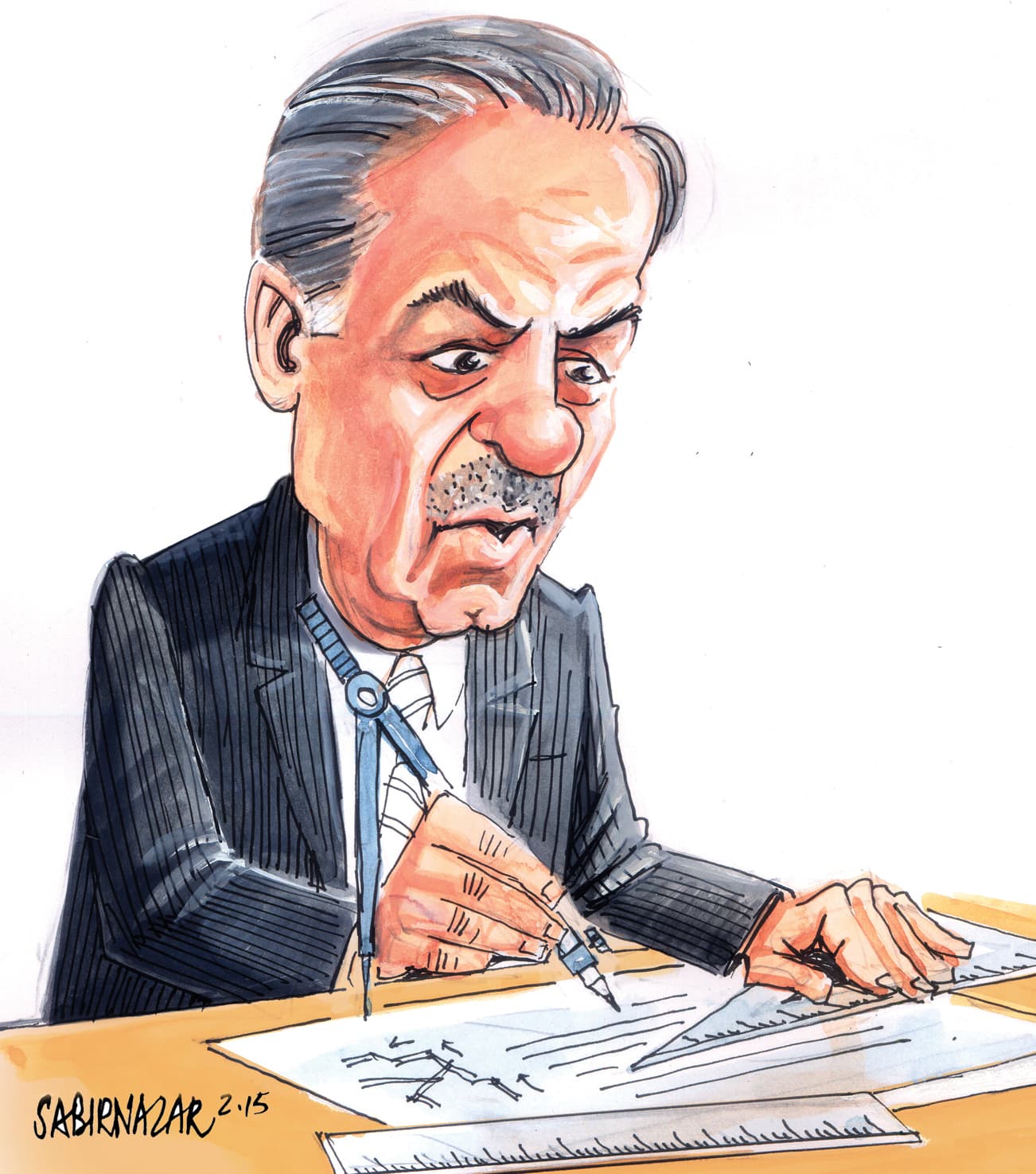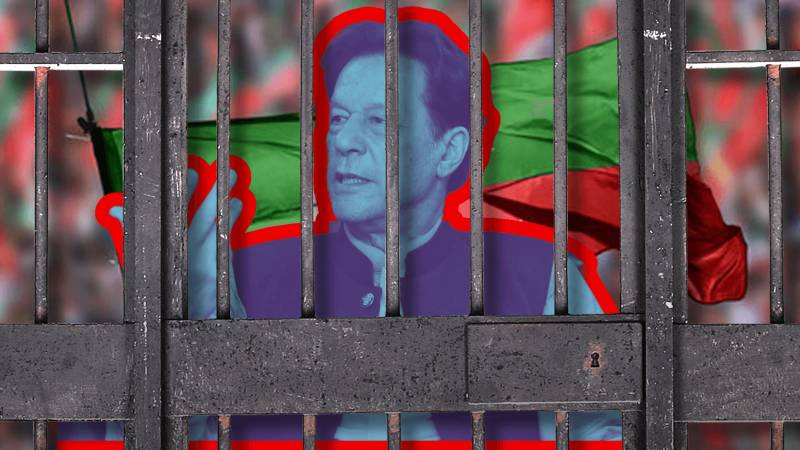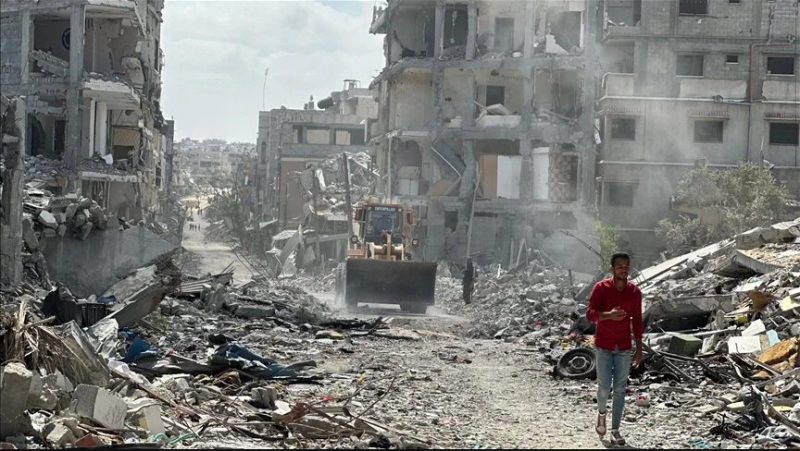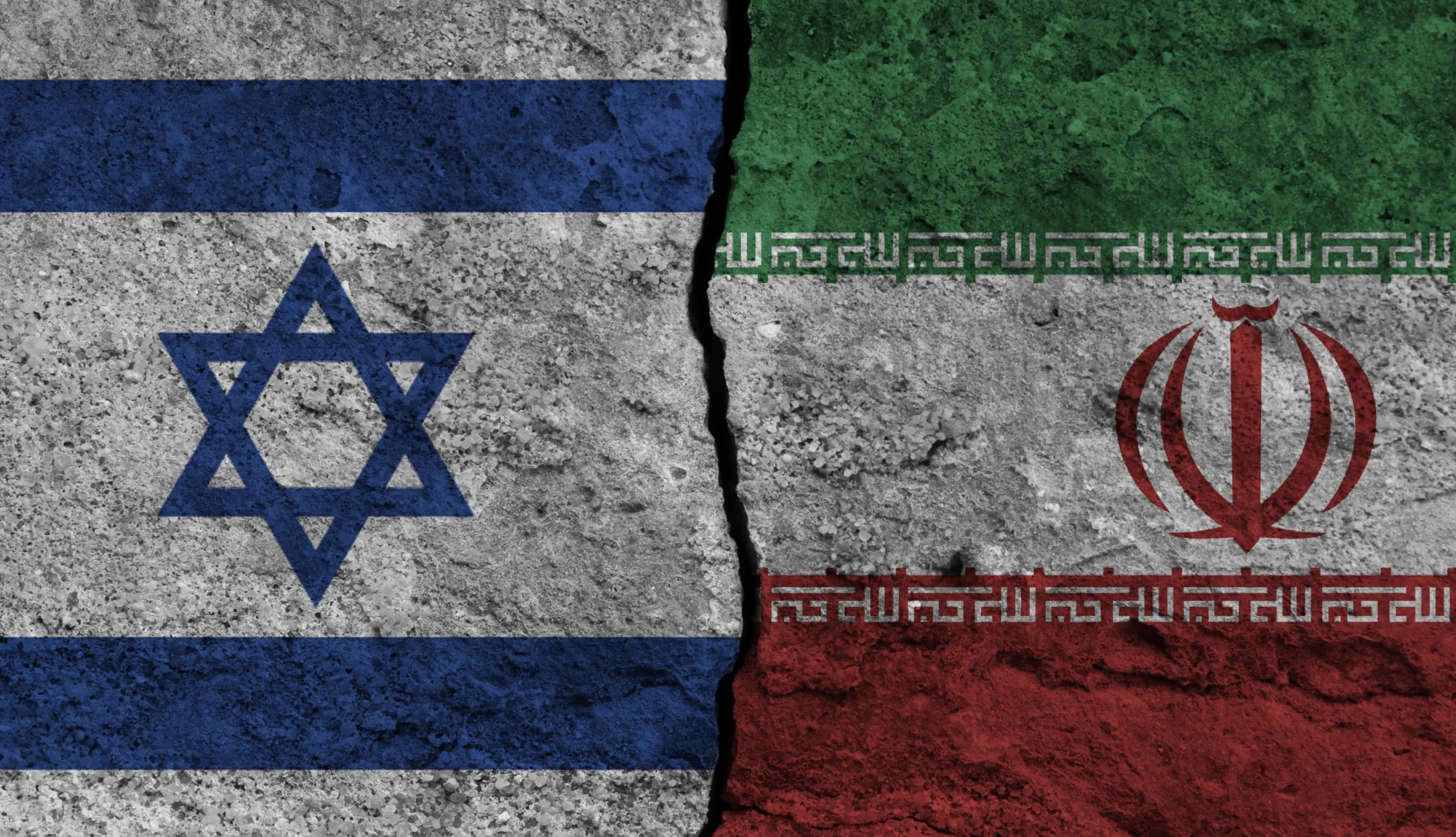By Tahir Maqsood Chheena – The Artificial governance model of Shahbaz Sharif and PMLN
Pakistan Muslim League Nawaz is one of Pakistan’s most powerful and influential political parties. They are in power for the fourth time since 18th July 1992, the day of their foundation. They are one of the most successful political parties in Pakistan. Irrespective of the merit of the argument, the party had two primary narrative successes, i.e., the VOTE KO IZZAT DO and its governance model. The people in numbers rallied around them for democracy and their governance model. However, both narratives are being discussed in this article, whether they were concrete or artificial.
What is propaganda? Propaganda is disseminating information—facts, arguments, rumours, half-truths, or lies—to influence public opinion.
Propaganda is the more or less systematic effort to manipulate other people’s beliefs, attitudes, or actions through symbols (words, gestures, banners, monuments, music, clothing, insignia, hairstyles, designs on coins and postage stamps, and so forth). It is the primary and most significant weapon of a political party. It is also a political party’s right to exercise it to mould public opinion, and there is nothing wrong with it, irrespective of the quality of the propaganda. The PMLN propagated that they are pro-democratic and always have a better governance team and application, especially in the economy. However, it is not the genuine case as they came into power in April 2022. Their coming into government under the PDM shows that they were only democratic until the Establishment did not favour them. As they became favourites of the Establishment, they abandoned their slogan of VOTE KO IZZAT DO and did all they could to get power.
The PMLN has to answer its support base for not upholding the spirit of democracy. Then, their coalition with PPP and other parties is not an issue because it is the right of a political party to have alliances with all, as politics is the art of possibility. However, the fundamental problem is why they came into power while striking deals with those they criticized for their undemocratic role. Is it not a democratic retreat of PMLN? Critics attribute that PMLN was never a democratic party, and it was only due to the power game that they aligned or dissociated with the Establishment. Moreover, there is no democracy in the political party, as it is more of a family cult than a democratic political party.
Another successful propaganda of PMLN has been the projection of Mian Shahbaz Sharif as the most dynamic and vibrant political administrator, followed by Ishaq Dar and their team. What are political administrators? Political administrators are part of the political executive, provide vision and guidance, and lead the bureaucracy and other implementing machines. Shahbaz Sharif, a chief executive of the province of Punjab, was never a dynamic political leader. He reformed nothing. In his era, legislation was never the official business, so the province of Punjab needed healthy and quality legislation. The legislation has been the same old and archaic, done by colonial India. His contribution as the house leader is average, as the Punjab assembly was never a functional legislative body. According to Article 129 of the constitution of Pakistan and endorsed by the judgement of the August Supreme Court, the government means the cabinet. Then, Shabaz Sharif never believed in the functional cabinet, even though there was a time when he held more than twenty ministries. He also kept the local government from growing as an institution, as he concentrated all the power on himself and exercised it through the bureaucracy.
Shahbaz Sharif never believed in the reforms. He was and is a man of status quo who empowers bureaucracy, not the political executive. He may be a face of bureaucracy, not of politicians. He never did civil service reforms. He never did institutional reforms. He only did administrative reforms of some departments and organizations to do projects and programmes like he developed the administrative culture of PMUs, Companies and parallel institutions to the department. He also created a culture of meritless bureaucracy as he would appoint junior officers to senior posts and make sure that all was done and executed. His choice of bureaucrats, nevertheless, executed several projects, and all his performance was visible on the roads. Hence, his project management and execution have been among the best, if not the best, in the history of Pakistan. He transformed several cities in Punjab according to his vision of development and growth. It is one of his success stories, though there are arguments against and in favour.
It is also critical to note that he never generated money for the provincial government, as generating resources is the primary quality of a functional political administrator. He never reformed the board of revenue or other taxation organizations. He would get money from the federal government through a Provincial consolidated fund or debts and do the projects. Hence, he was never a reformer, statesman or politician. He may be a good mayor, project director, or administrative head of a functional organization. Another trait of his administration is his hold on bureaucracy. He does it by doing three things: appoint juniors to senior posts, suspend at will and guard, protect and give benefits to his loyal bureaucrats. One can take the example of Ahad Cheema, who was a secretary in 18 grade, CEO of provincial and federal projects, his minister to the Establishment Division after retirement and finally, his candidate for caretaker Chief Minister of Punjab.
There is a big difference between a chief minister and a prime minister of the country. The position of prime minister is of international stature and requires statesmanship. When Shahbaz Sharif was elevated to the status of Prime Minister, he implemented the same methods and techniques he would do as chief minister. However, the strategy failed unpoetically. Schedule IV of the constitution provides different roles to the federation and provinces. He started visiting projects in Islamabad, but the prime minister had no projects to visit. Then, his communication style became a public meme, once popular as chief minister. He even changed his dress code from SAFARI SUIT to traditional English attire. However, it did not change much for him as a political statesman. Then, the foreign policy demands are challenging. The federal government is coordinating, not an operational provincial government. The prime minister could not correlate the necessities of the prime ministership, and his replica of the provincial model exposed him badly.
Lastly, Ishaq Dar has been a disaster for Pakistan. He is also not a man of reforms but a status quo. His dollar and economy mantra has collapsed as the governance model of PMLN collapses.
On a serious note, lastly, Pakistan needs reforms and the application of technology. The only governance model is the reformation of the whole system. Pakistan needs administrative and institutional reforms. Pakistan needs civil service and police reforms. Local government, devolution and decentralization in the administration are the way forward. The way forward is the application of technology in all sectors of the economy and the development of practical human resources. The whole system requires restructuring and innovation. Pakistan needs political administrators who transform and reform the coded, practical and organizational systems in Pakistan.
Writer is a retired SSP and editor at Republicpolicy.com
Read More: https://republicpolicy.com/public-privacy-matters/
















